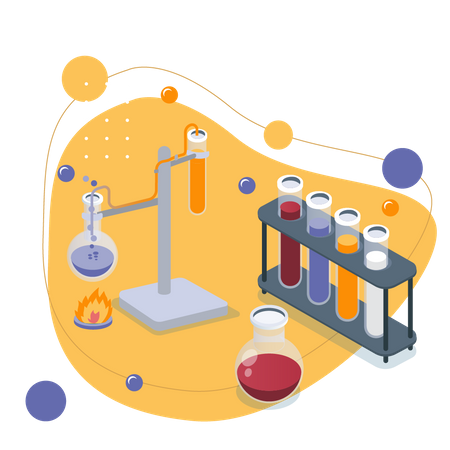Testing for Water (GCSE Chemistry)
Testing for Water
Chemical Tests
Testing for Water
- Copper (II) sulphate is used to test for water. We use white anhydrous copper (II) sulphate, which contains no water.
- If water is present, the copper (II) sulphate turns blue. A positive test for the presence of water will mean the copper (II) sulphate turns blue. Hydrated copper (II) sulphate is formed which is a blue crystal.
Testing for Pure Water
- Pure water should have a boiling point of 100°C. If we heat a liquid and it begins to boil either below or above 100°C, the liquid contains impurities.
- Pure water should have a freezing point of 0°C. If we cool a liquid and it begins to freeze either below or above 0°C, the liquid contains impurities.
Testing for water is important in GCSE Chemistry because water is a vital component in many chemical reactions and physical processes. Understanding the presence and concentration of water in a sample is essential for analyzing chemical reactions, determining the purity of substances, and for a wide range of industrial and scientific applications.
There are several methods for testing for water, including physical tests, such as checking for condensation, and chemical tests, such as using litmus paper or anhydrous copper(II) sulfate. The choice of method will depend on the type and concentration of water in the sample being tested.
Condensation is the process by which a gas turns into a liquid, and it is a physical test for the presence of water. When a sample containing water is cooled, the water will condense onto a surface, indicating that it is present in the sample.
Litmus paper is a type of pH indicator that can be used to test for the presence of water. When litmus paper is dipped into a solution, it will change color based on the pH of the solution. If the solution is acidic or basic, the litmus paper will change to a different color than if the solution is neutral. Neutral litmus paper will indicate the presence of water in a solution.
Anhydrous copper(II) sulfate is a chemical that can be used as a test for water. When anhydrous copper(II) sulfate is mixed with water, it will absorb the water and change in appearance, becoming a blue crystalline solid. This change in appearance indicates the presence of water in a sample.
The concentration of water in a sample can affect the results of a test for water. Some tests, such as condensation, may be less sensitive to low concentrations of water, while others, such as anhydrous copper(II) sulfate, are more sensitive and can detect even small amounts of water.
Testing for water has many real-world applications, including determining the purity of substances, analyzing chemical reactions, and in the food and pharmaceutical industries, where the presence of water in a sample can impact product quality and safety.
It is important to choose the right method for testing for water because different methods may have different sensitivities to water, and may give different results depending on the type and concentration of water in the sample. Choosing the right method will ensure that accurate and reliable results are obtained, and that the correct conclusion is reached about the presence and concentration of water in a sample.






Still got a question? Leave a comment
Leave a comment